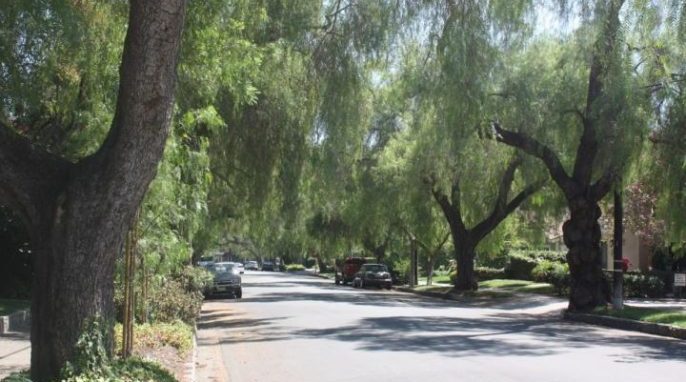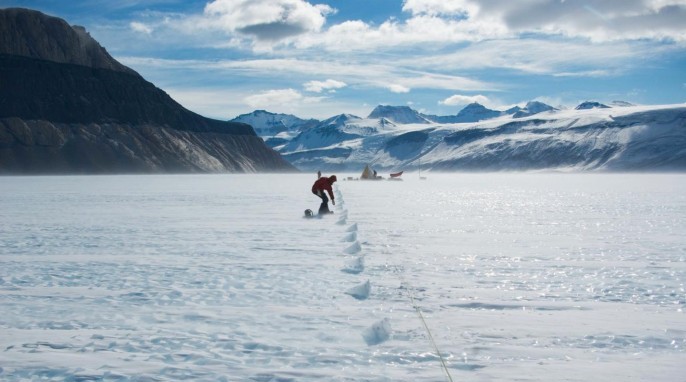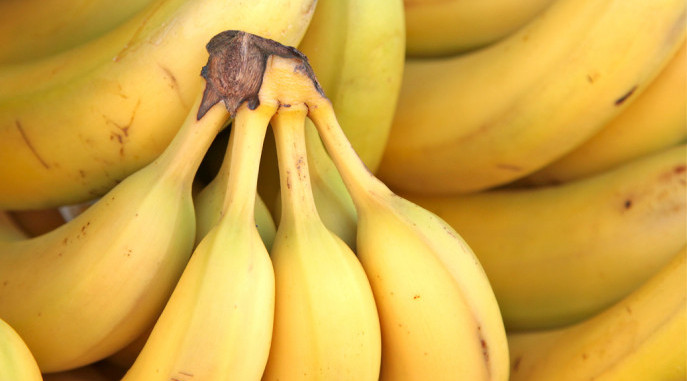Trees lining California streets benefit cities and residents to the tune of $1 billion, according to a new study. A recent report from the US Forest Service’s Pacific Southwest Research Station estimates the urban and suburban trees in California are providing substantial benefits.
Using the latest data and tools, researchers catalogued the number of California’s trees lining streets, as well as their species, size, location, and associated benefits.
Nine Million Street Trees and Counting
An estimated 9.1 million trees grow along California’s streets and boulevards. That’s an average of one tree for every four residents, with room for another 16 million trees to be planted.
The benefits of these urban trees go far beyond having beautiful greenery to look at.
RELATED: Urban green spaces make cities happier
“Sometimes it’s easy to think of trees along city streets as mere aesthetics, or worse, a nuisance with falling leaves and limbs or uprooting sidewalks,” says research forester Greg McPherson. “But what our study shows is that these trees have a real monetary benefit to the municipalities and residents who care for them.”
Here is an overview of how the financial benefits of California street trees stack up.
Carbon storage: $10.32 million
Removal of air pollutants: $18.15 million
Interception of rainfall: $41.5 million
Reduction of heating and cooling bills: $101.15 million
Increase in property values and home sales: $838.94 million
“We’ve calculated for every $1 spent on planting or maintaining a tree, that tree returns, on average, $5.82 in benefits,” McPherson says. “These trees are benefiting their communities 24 hours a day, 365 days a year.”
RELATED: ARBORSCULPTURE: ARTFUL SCIENCE OF TREE SHAPING
The paper entitled “Structure, Function and Value of Street Trees in California, USA,” was published this month in the journal Urban Forestry and Urban Greening.
Coauthors on the study include Natalie van Doorn, research urban ecologist with the Pacific Southwest Research Station, and John de Goede, research assistant with the University of California Davis’s Information Center for the Environment. The California Department of Forestry and Fire Protection (CAL FIRE) also contributed tree inventory data for the study.




